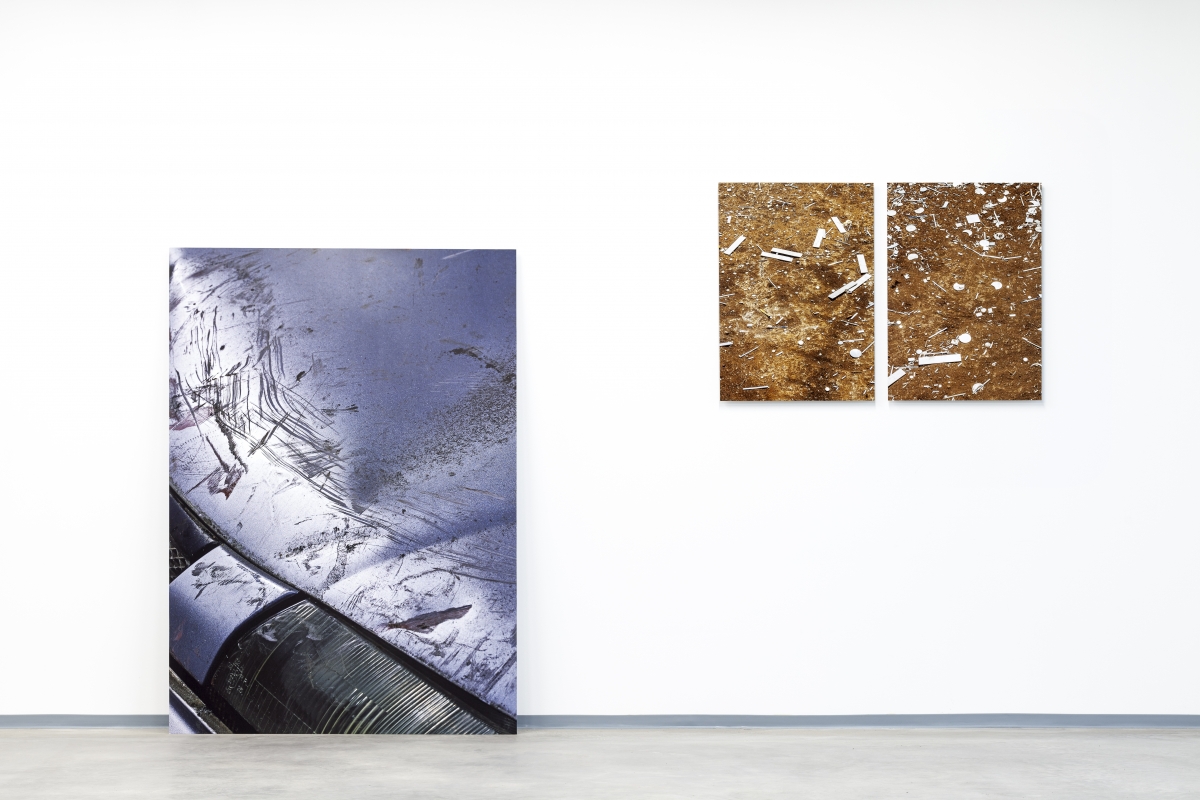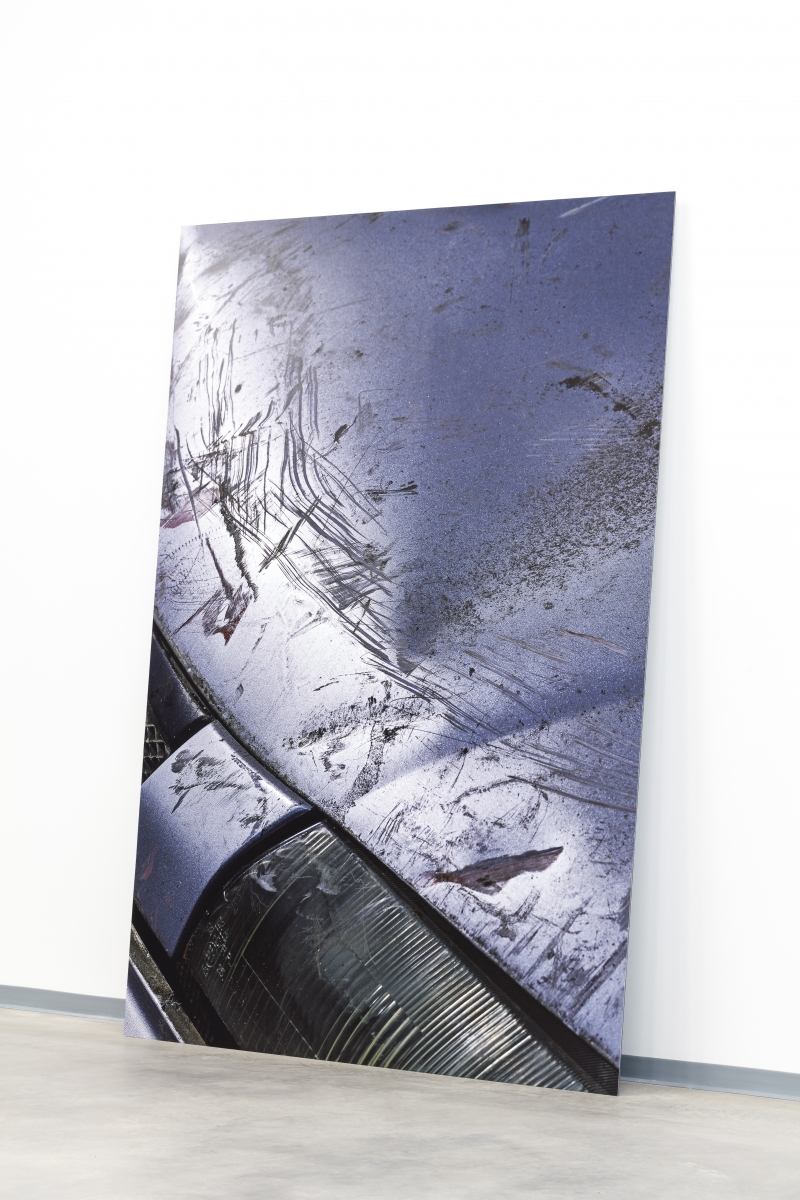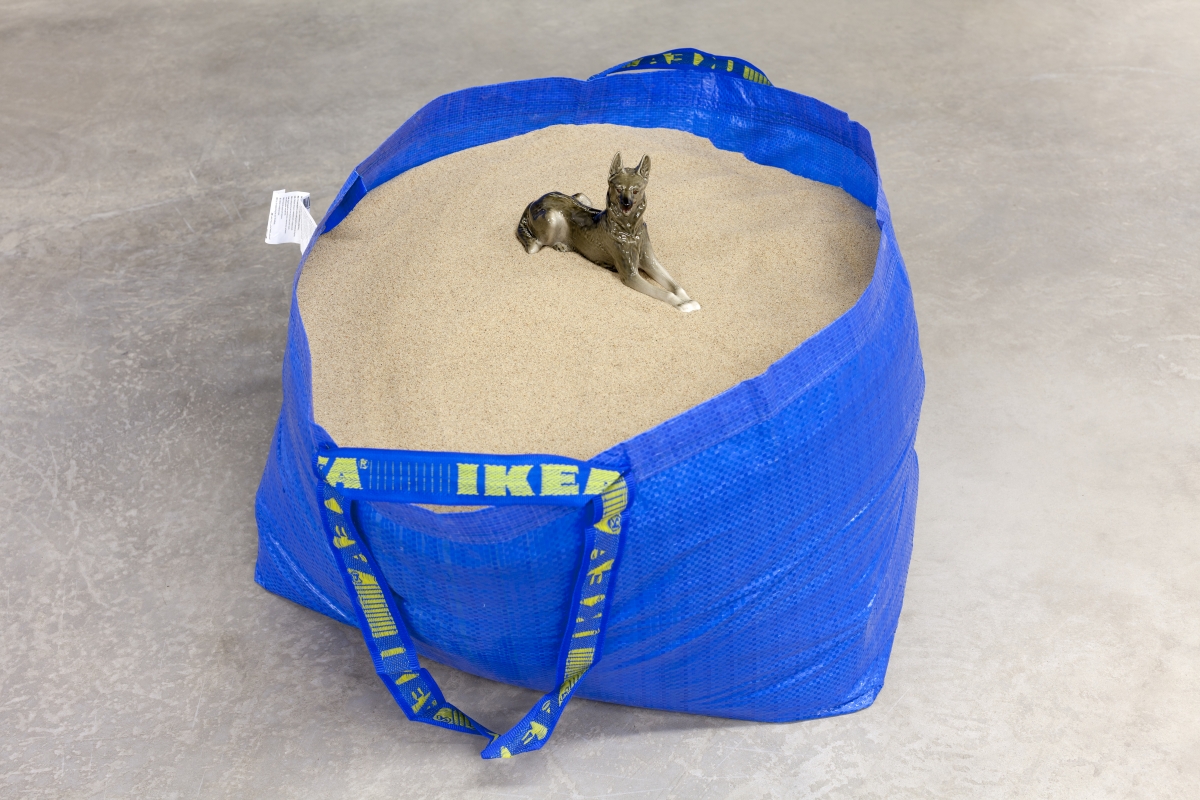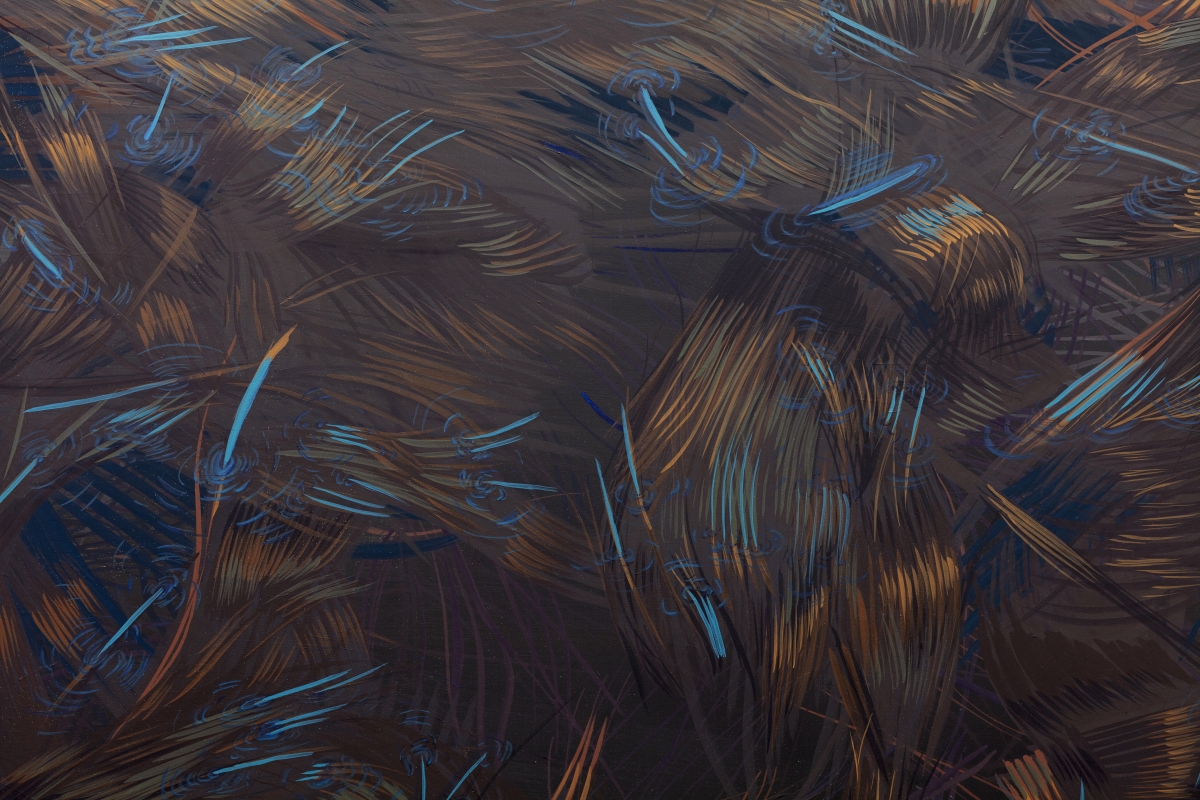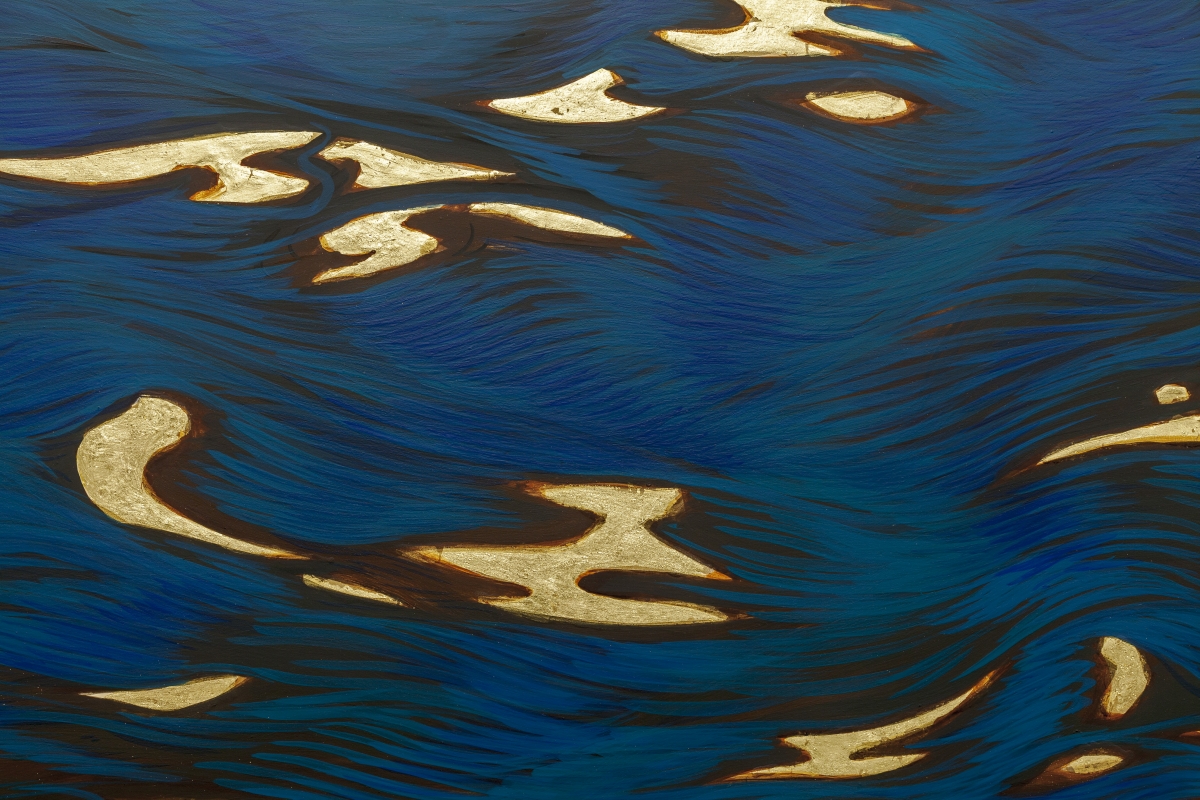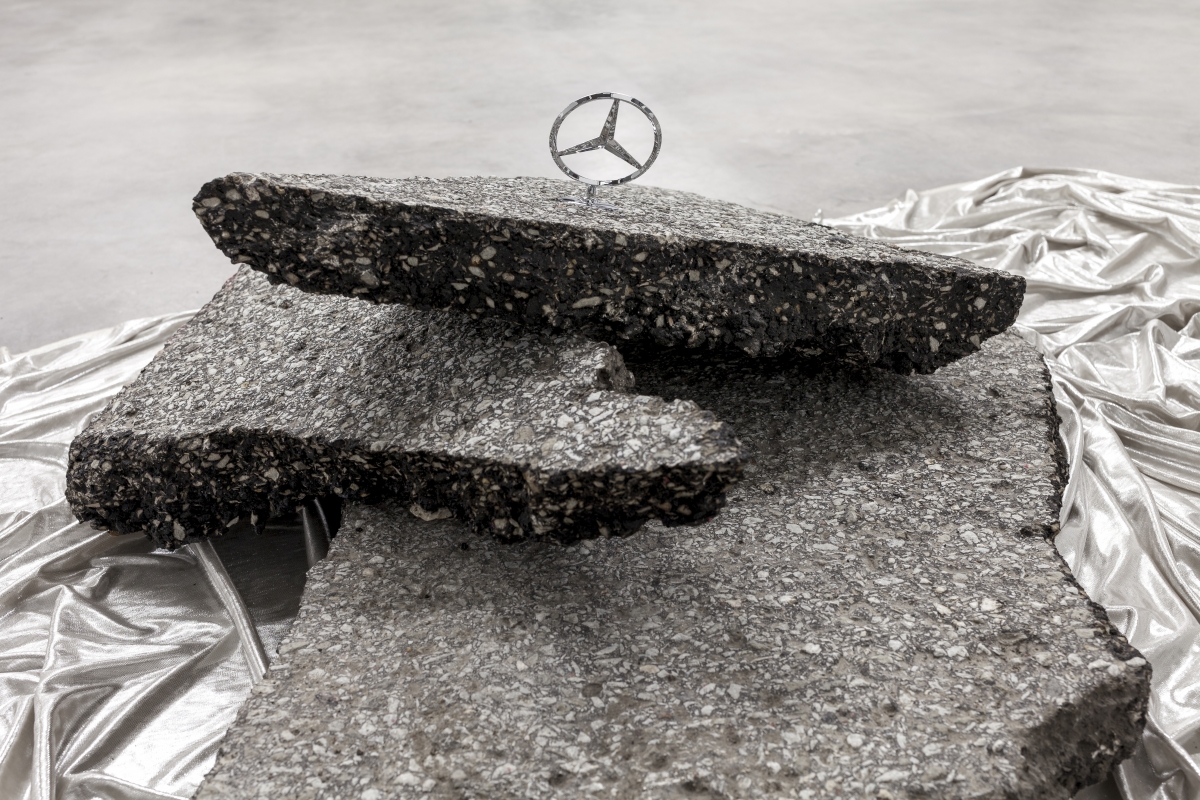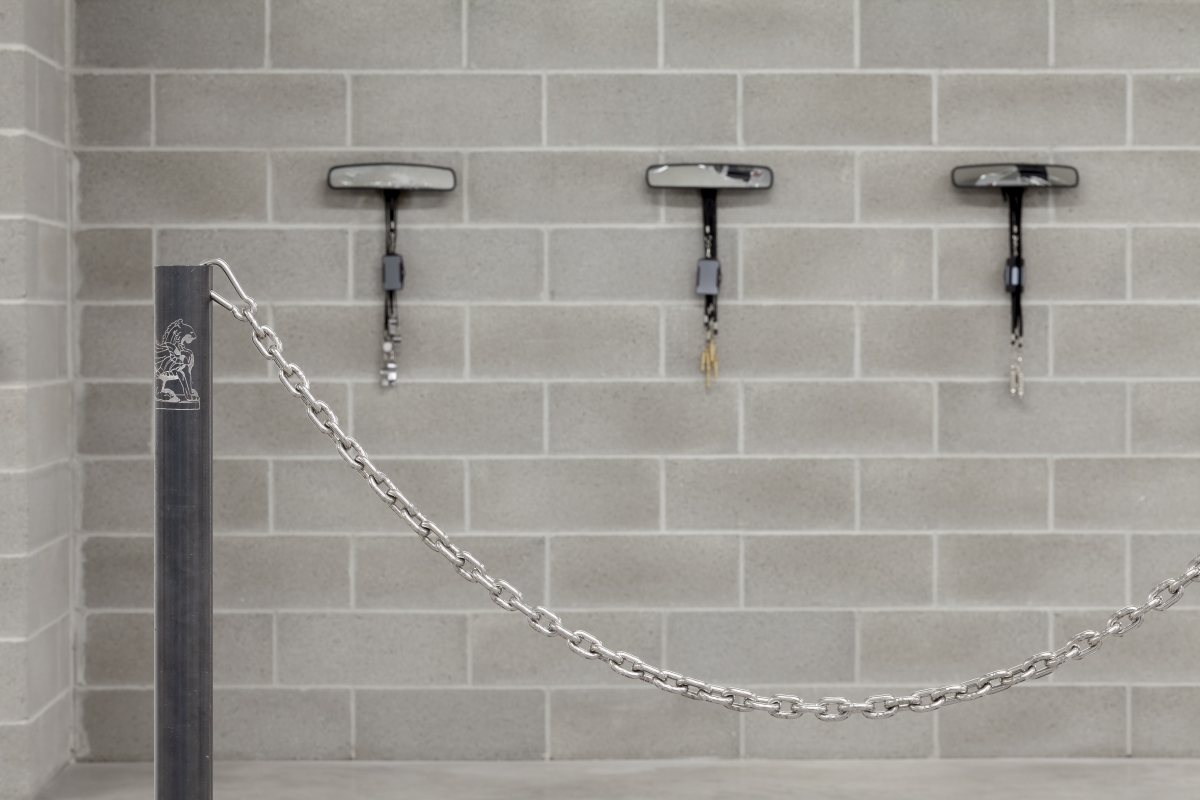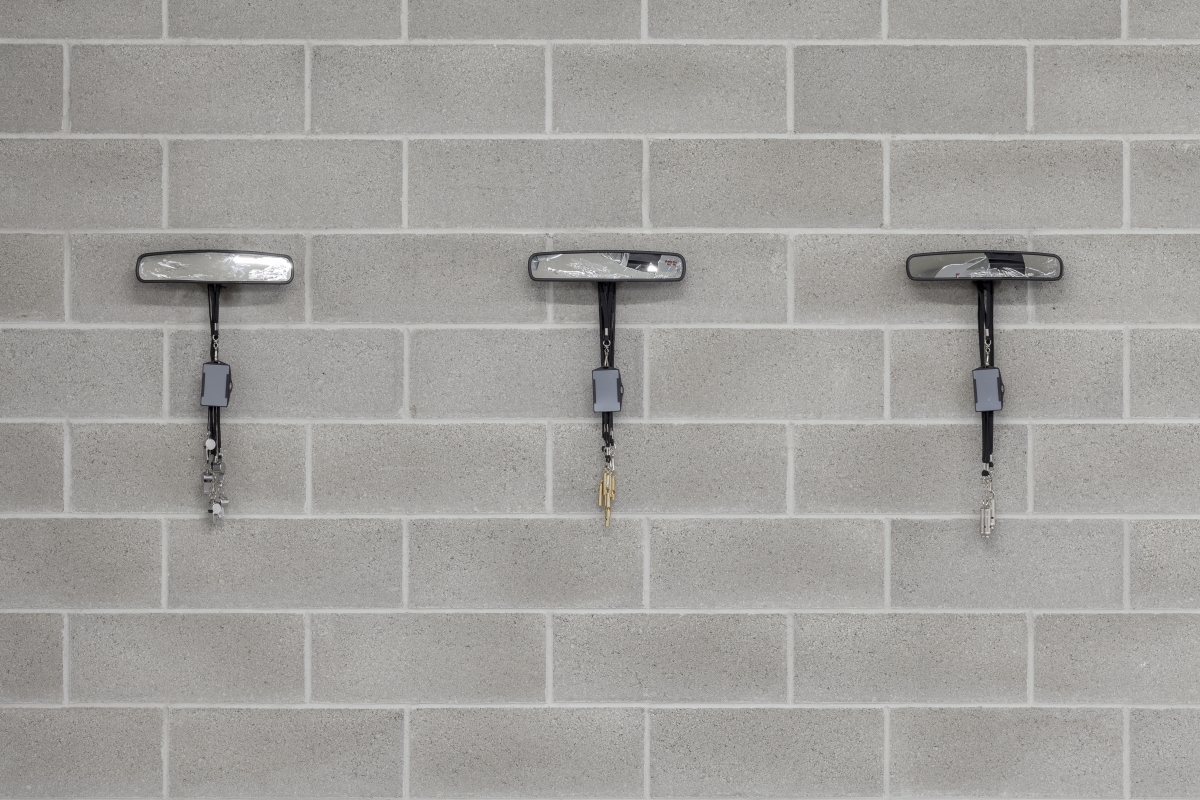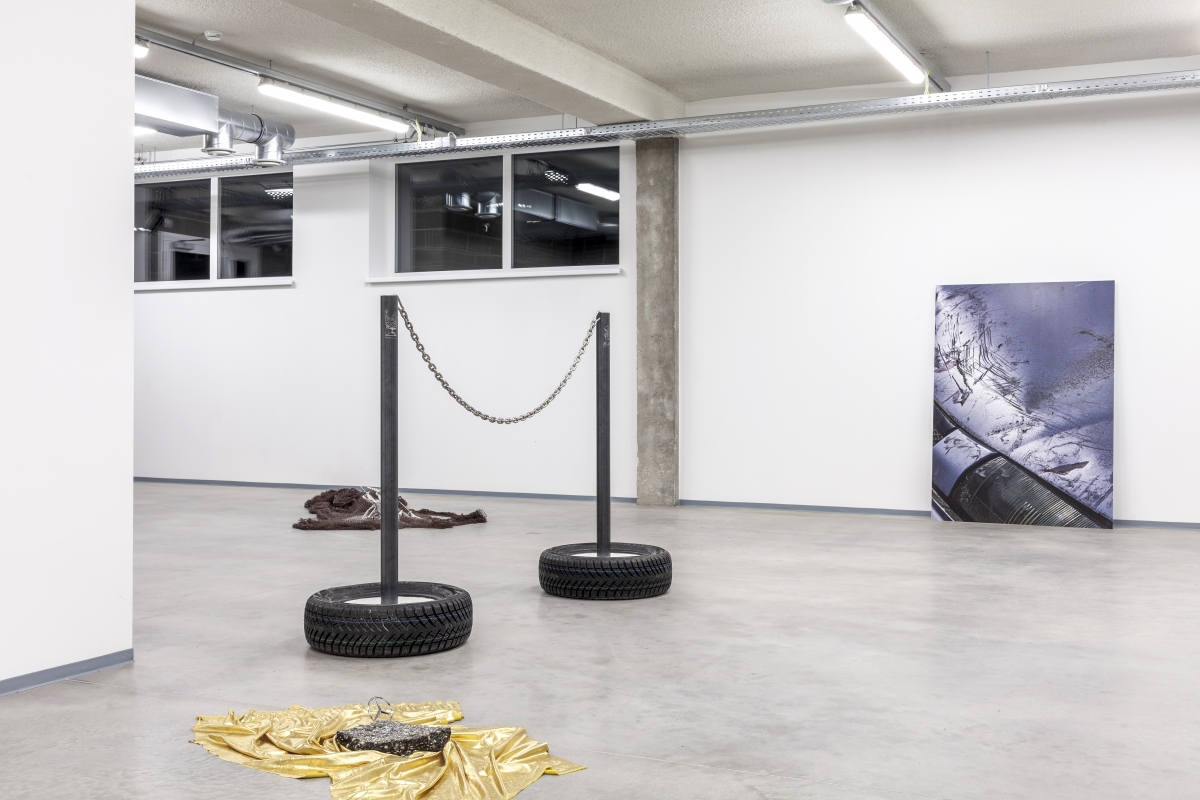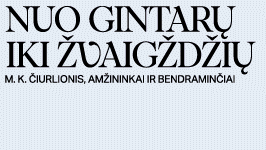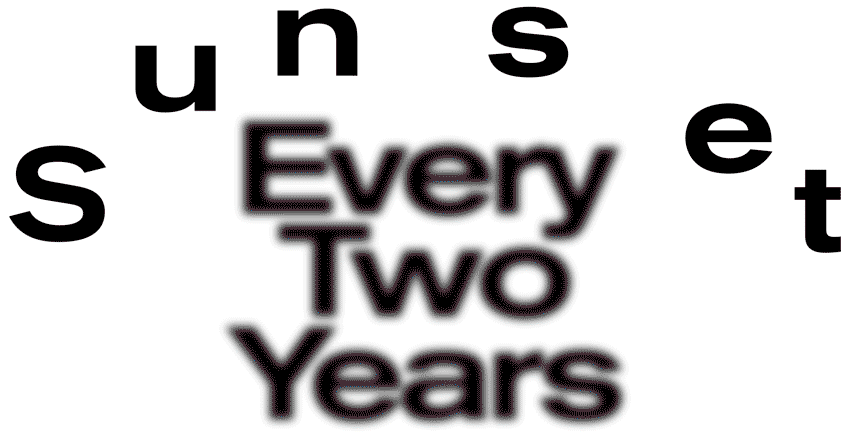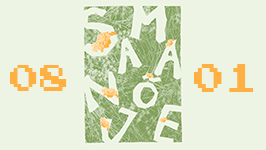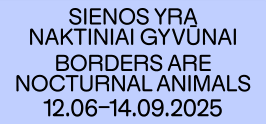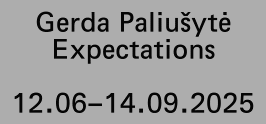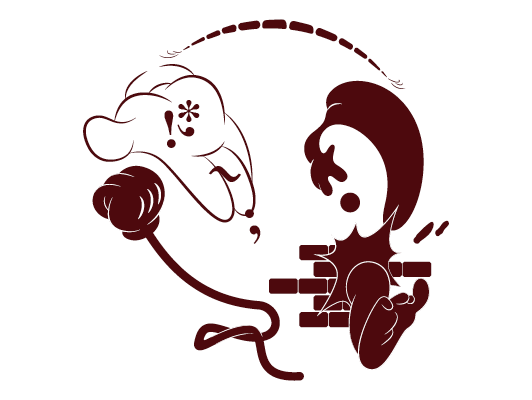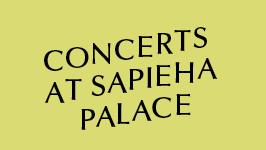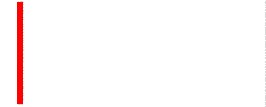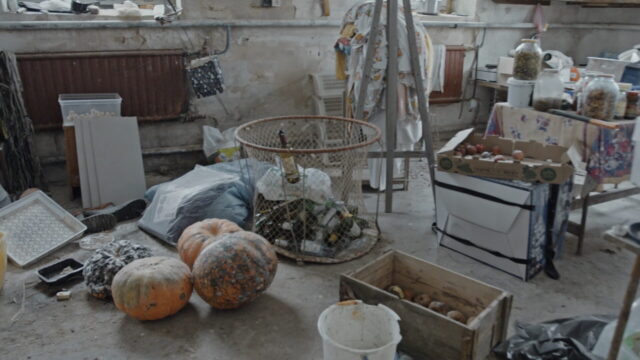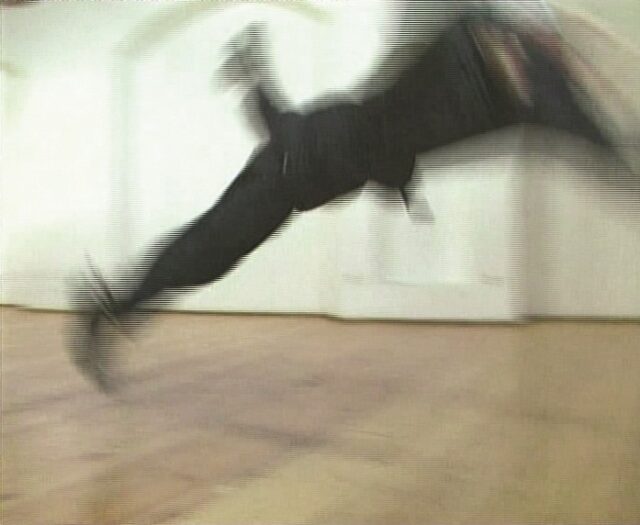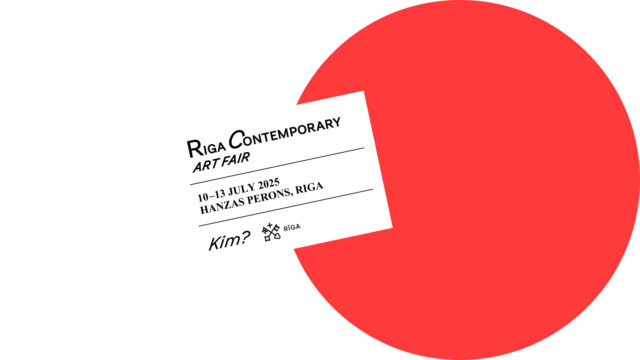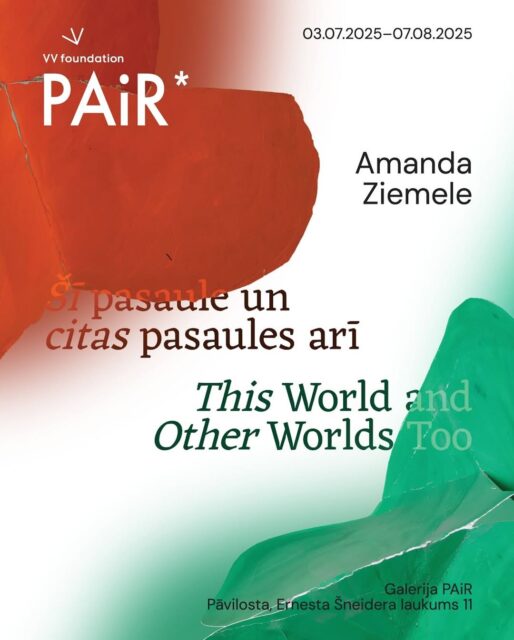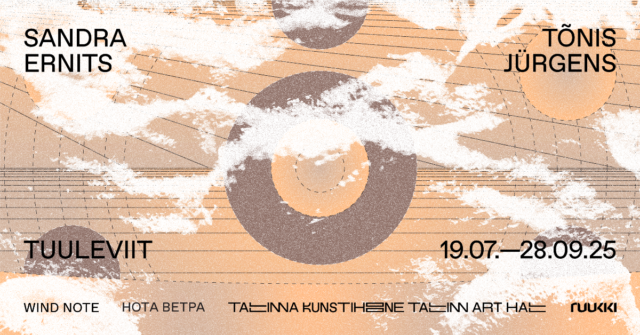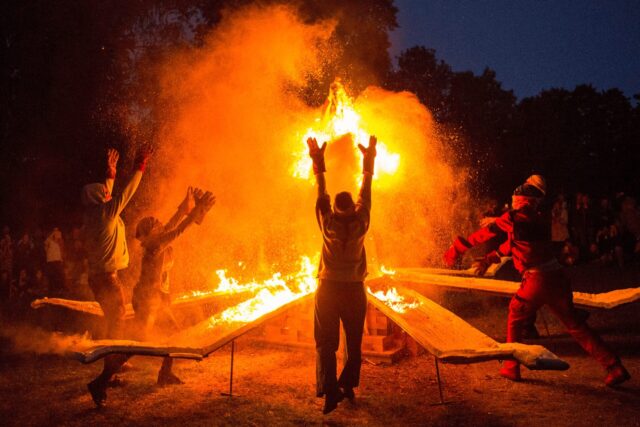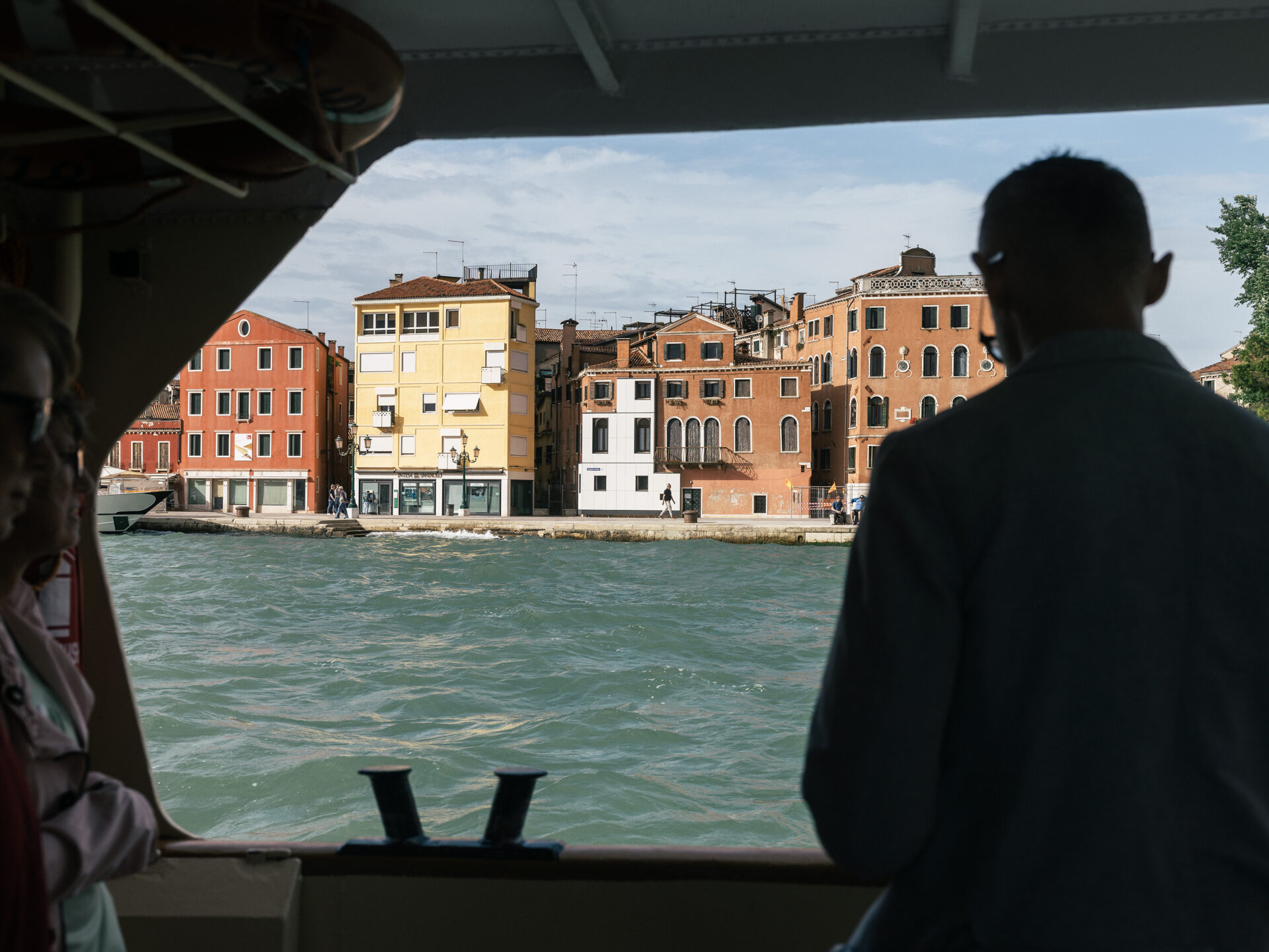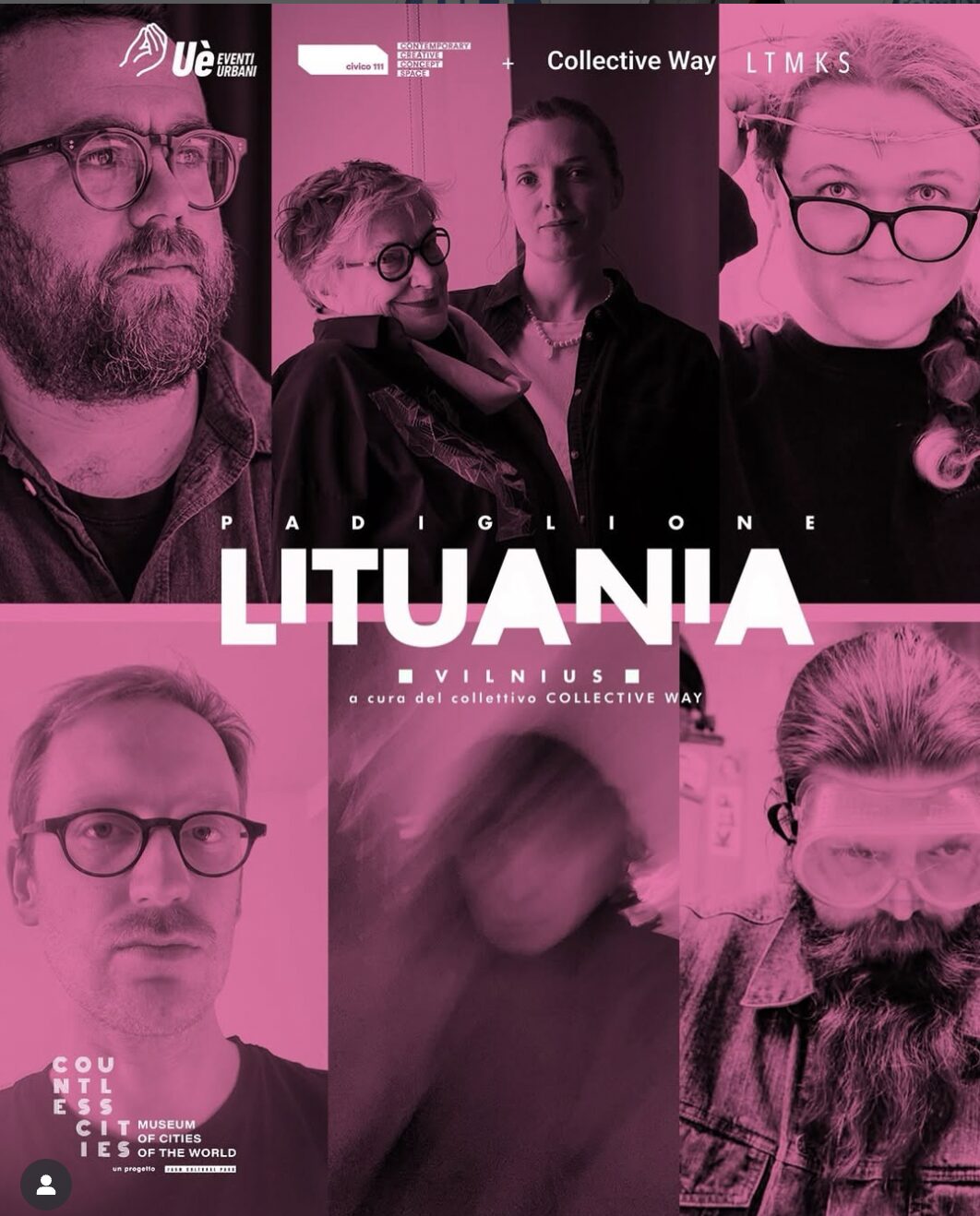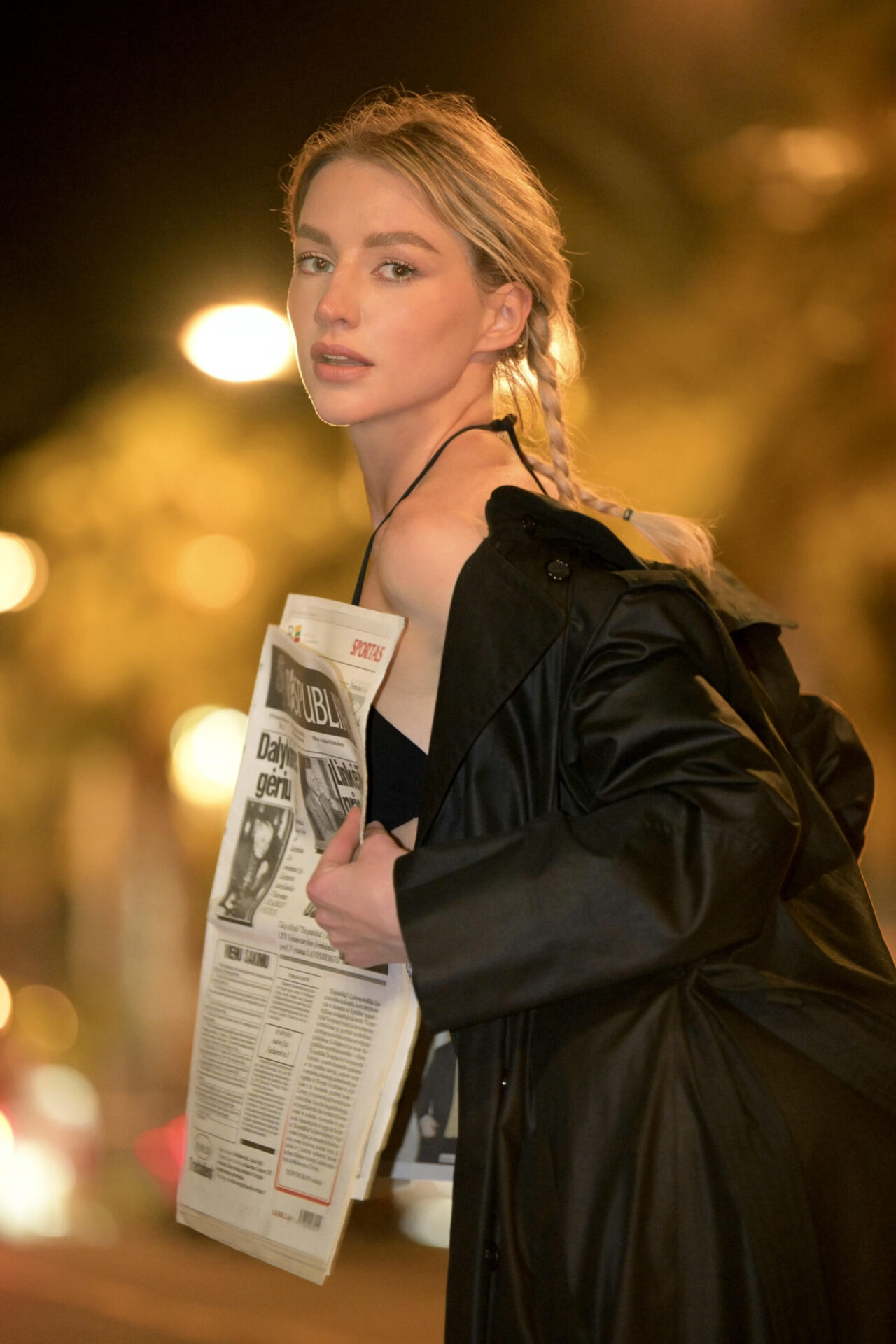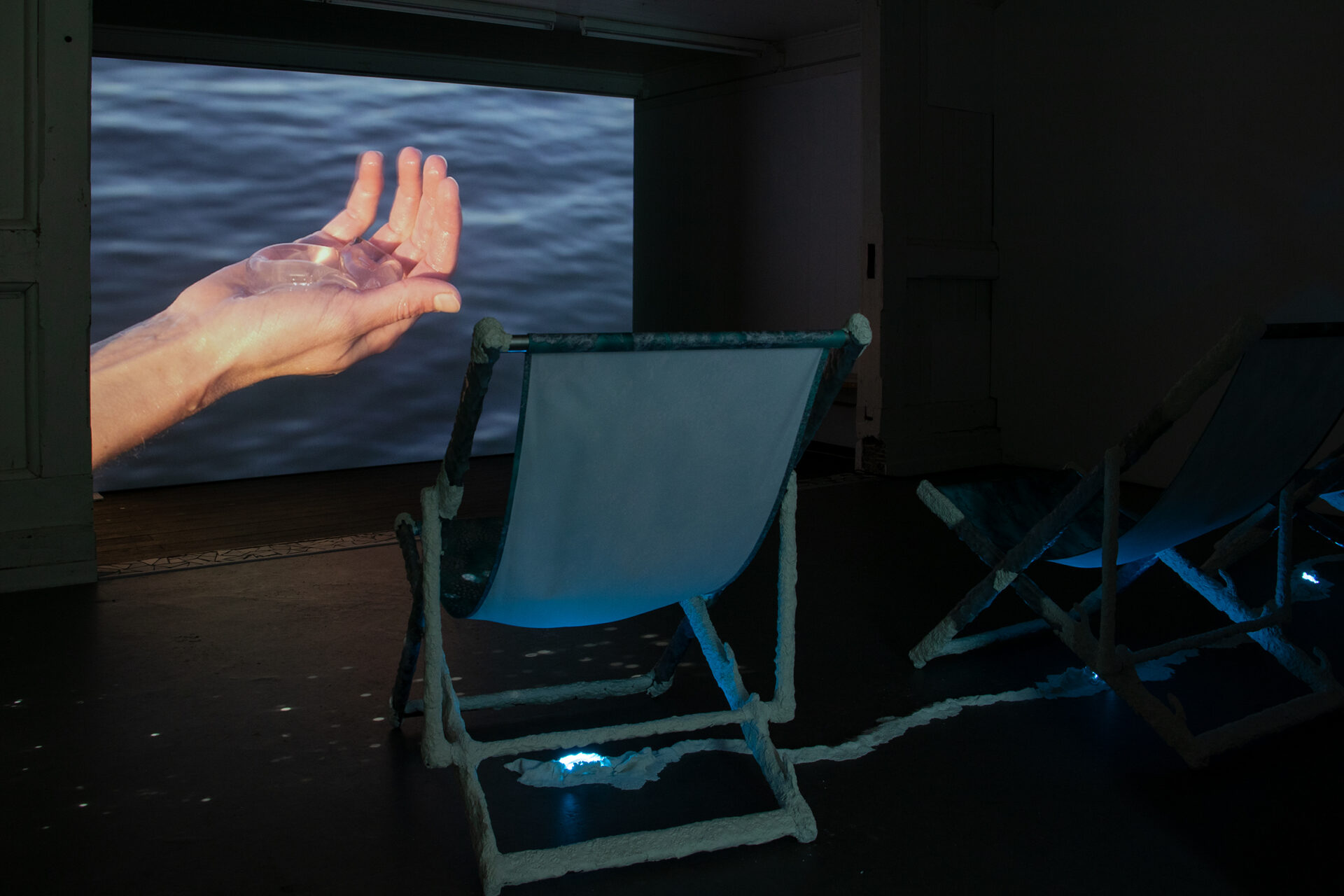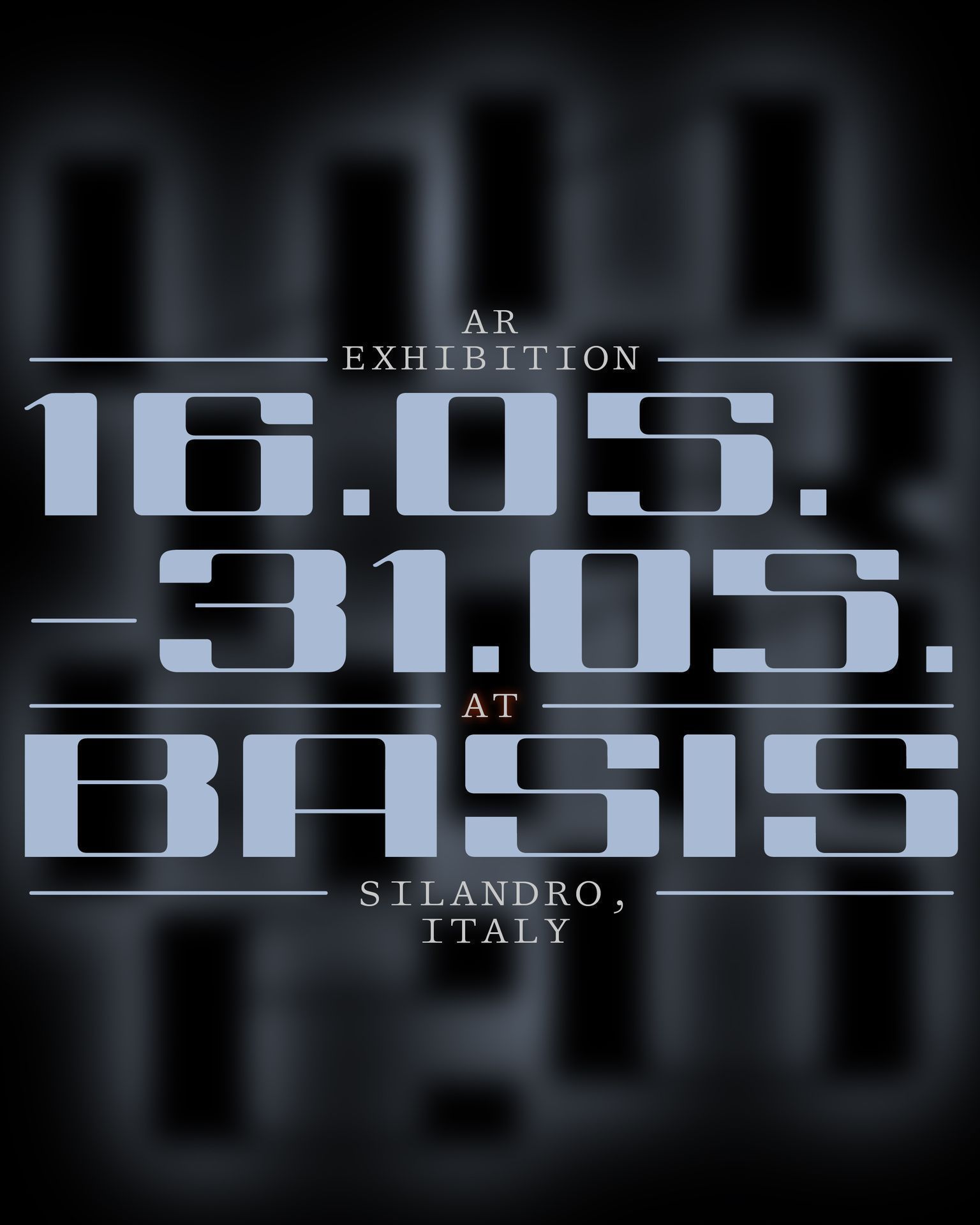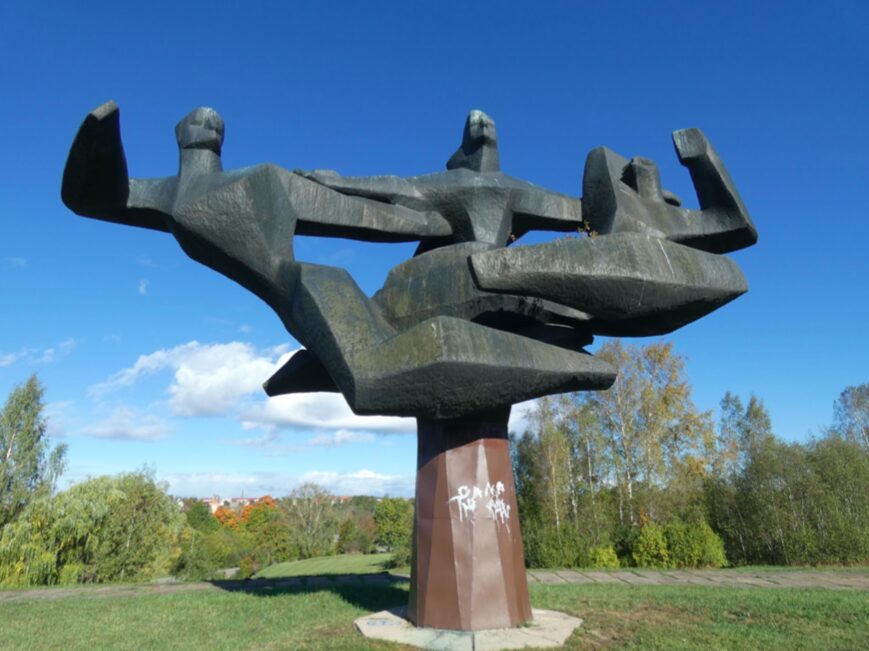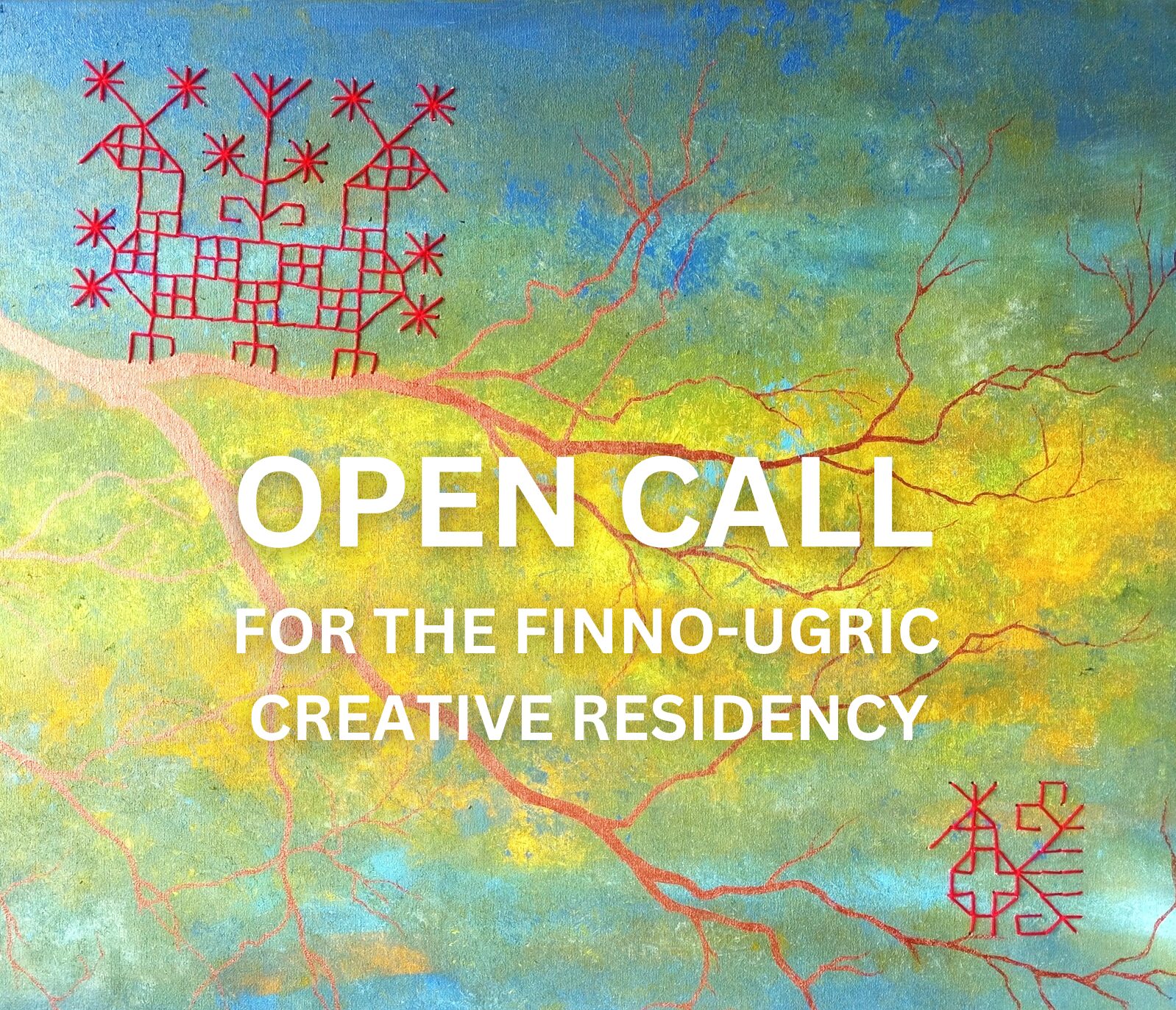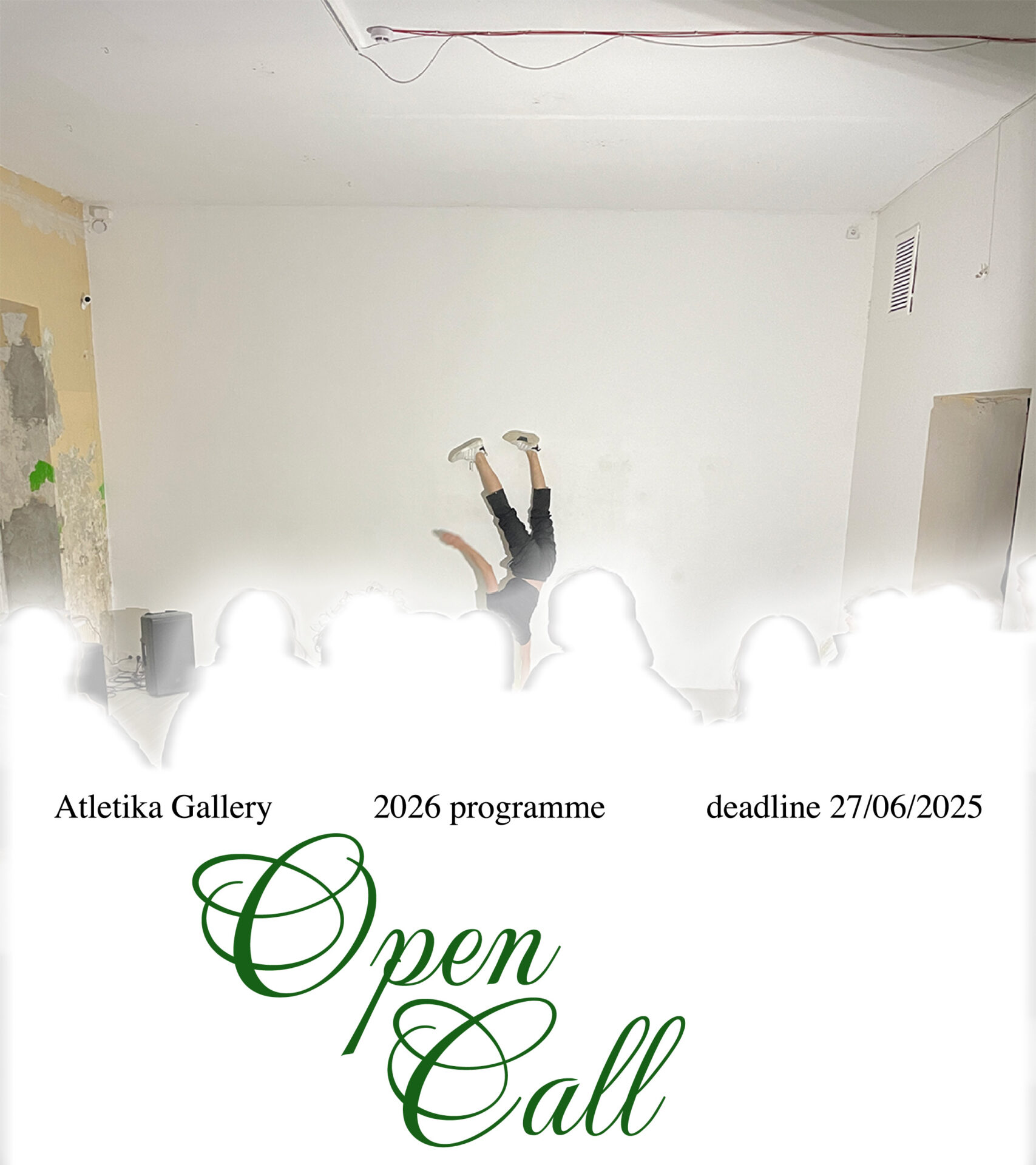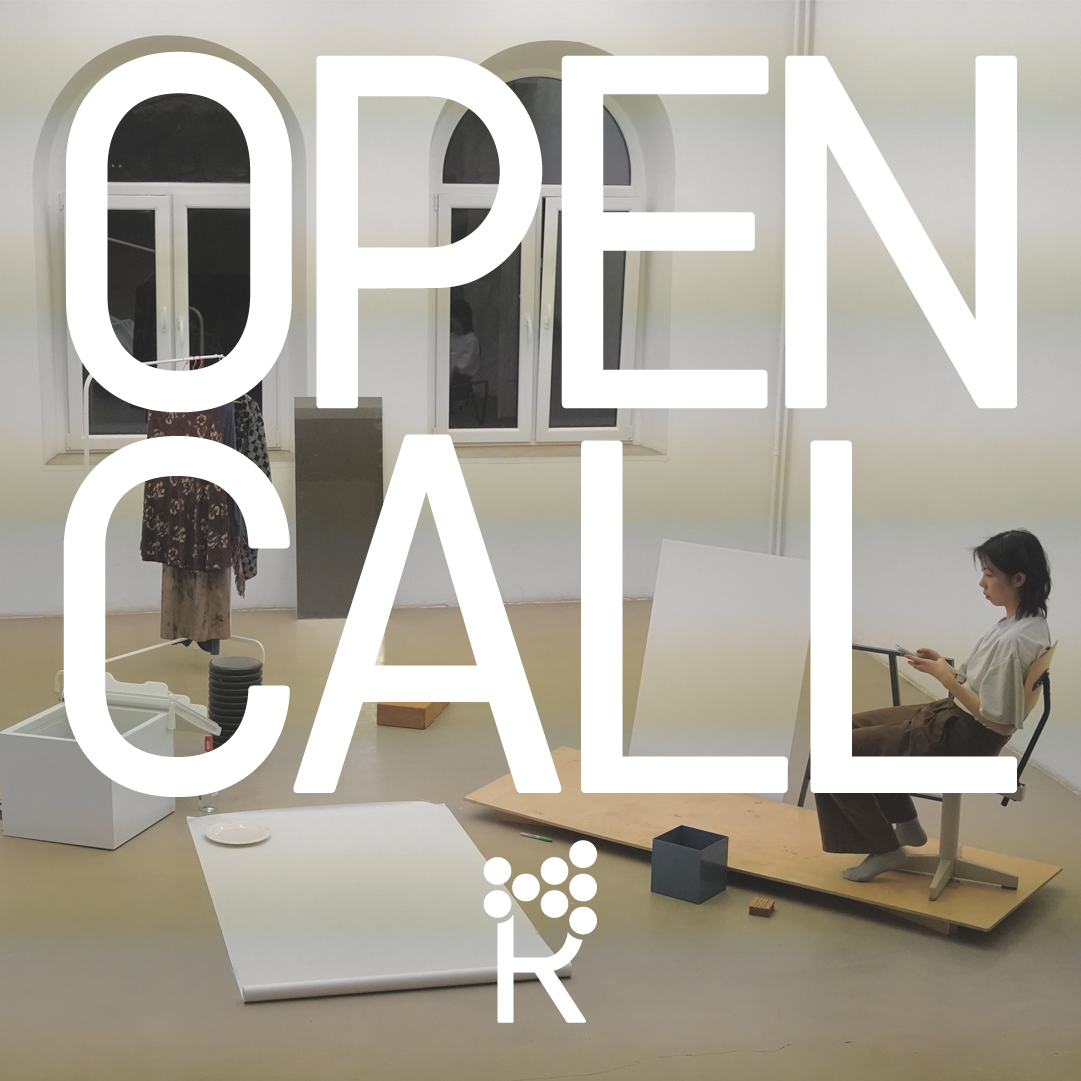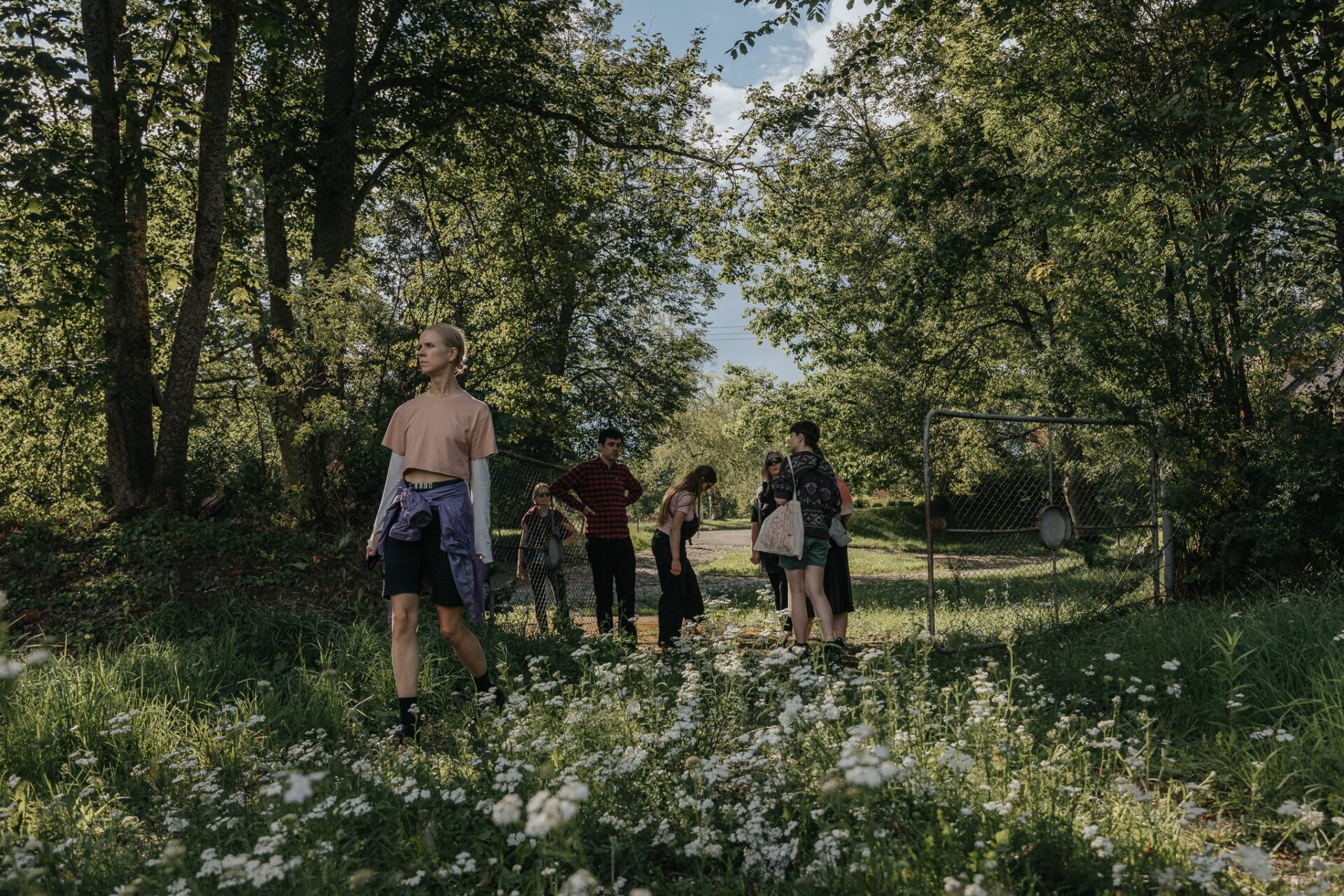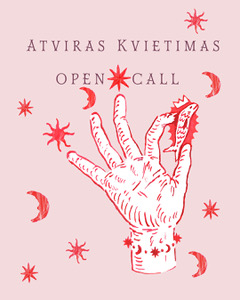In the polished speed of virtual bodies, everything that is solid melts into air. Imagining a beam of xenon headlights remodeling the boundaries of our desires. Scratched metal surface as a trace of an act of geometric vandalism. Everything that was and everything that could have been, seen through the rearview mirror. In a cityscape covered by biosymmetric networks, power establishes itself as a non-presence in which we discover ourselves in the desert of the unknown. This phenomenon can be described through a deep underlying unease about the rate of social change, but little apparent change is actually taking place… Real change is largely invisible, as befits this age of invisible technology…¹ This kind of invisibility appears to be connected to the movement towards collective insecurity inherent to the information society.
The exhibition functions as a frame of reference between the sense of security originating from the tension between shared and private spaces and its absence thereof. The assemblages, photos, and paintings placed on the floor and walls of the gallery are built to reflect the dissolution of the boundaries and rules surrounding us. Our era is shaped by the idea of transparency, the nature of which can be described as a world which has become foreign, precisely, in each of its details… a world which makes us experience everything as having no qualities, makes us produce the world as devoid of qualities.² This subjective flatness of the world adds to its idea of transparency. Paradoxically the more invisible power has become, the more it represents itself as transparent. Only the illusory contours of a sense of security still remain. Their essence is however dissolving into something which can faintly be perceived as a shimmer on the surface of water.
¹ J.G. Ballard, The Atrocity Exhibition: Tolerance Of The Human Face, 1969.
² Tiqqun, This Is Not a Program: A critical metaphysics could emerge as a science of apparatuses…, 2011.
Arvi Anderson, Sven Parker and Roman-Sten Tõnissoo
24.09.–08.11.2021,
Naked Island project space, Laevastiku 3, Tallinn.
The exhibition is supported by the Cultural Endowment of Estonia.
Photography: Roman-Sten Tõnissoo


